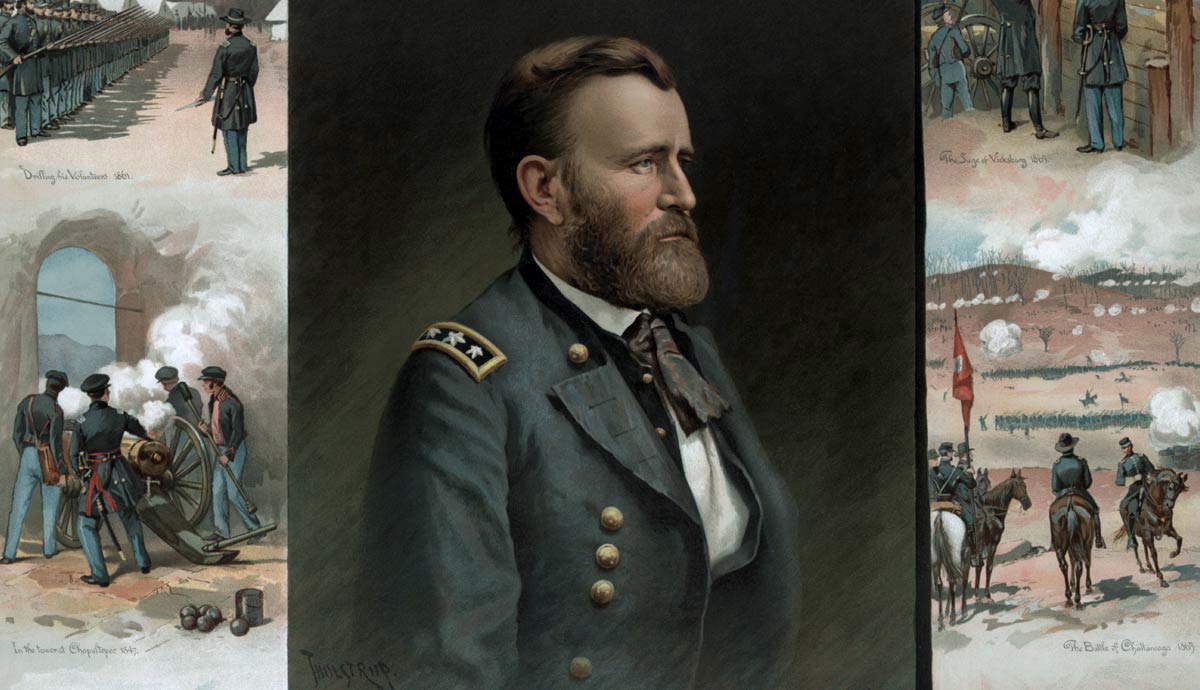
From her beginnings in Maryland, it was impossible for Wallis Warfield to know how drastically she would come to impact the history of England and send ripples throughout the world. A socialite with many powerful friends, she became known as the woman who caused the abdication of the king of England; however, there was more to her story, chapters that are largely omitted in the world’s memory. Loved by some and hated by others, she was blamed for decisions out of her control as she struggled to live her happiness.
Born on Both Sides of the Mason-Dixon Line

In a fashionable resort cottage, Bessie Wallis Warfield was born in June 1896. The unique abode straddled four counties and two states, Pennsylvania and Maryland, giving Bessie Warfield a rather unique introduction to the world. Her birth date is believed to be June 19, but no birth certificate was ever filed. Some believe this may have been to protect her parents from the stigma associated with a birth out of wedlock.
As a child, she dropped her first name and began going by Wallis, which was also her father’s middle name. Unfortunately, her father passed away from tuberculosis when she was a baby. As a result, her mother, Jane, leaned heavily on her brother-in-law, Solomon Warfield, for financial support. Solomon was a financier and heavily involved in the railroad industry. With no family of his own, caring for his brother’s only daughter, Wallis, became one of his roles.
A Rising Socialite

Wallis’ uncle enabled her to attend Oldfields School, the most expensive and prestigious girls’ school in Maryland, where she graduated at the top of her class. She was known as an impeccable dresser with a strong personality that offended some adults, though it made her popular with her classmates.

Wallis made her social debut at Baltimore’s famous Bachelors’ Cotillion. An event traditionally held the Friday after Thanksgiving since the 1790s, Wallis debuted among other daughters of Maryland’s notable elite. In 1916, she traveled to visit her cousin Corrine in Florida. On the trip, Corrine’s husband, a navy captain, introduced Wallis to pilot Earl Winfield Spencer, Jr. A notorious flirt, Wallis was immediately taken with the young man, and a romance blossomed.
Two Marriages

It wasn’t long before Wallis and Win, as Spencer was known, were engaged. They married on November 8th, 1916, but the union was bumpy from the start. Win was an alcoholic and often took out his drunken rage on his wife, including one occasion where he locked her in a room while drinking. Win was stationed away from home for much of his marriage, including wartime stints in San Francisco, Washington DC, and China.
The couple grew apart, and Wallis made a trip to visit her husband to see if the marriage could be saved. When they realized it couldn’t, divorce proceedings began. Wallis spent that year traveling alone in China, and the union was officially dissolved in Shanghai in December 1927.
Simpson may have briefly lived with another man during her time in China, but details are unclear. She returned to New York and relied on friends while trying her hand at a number of occupations. She was not able to find a career that suited her tastes and skills, though she aspired to make her mark in a “man’s world.”

Not long after her divorce, Wallis began a relationship with Ernest Simpson, a British shipping magnate with American origins. The pair were introduced in New York by a childhood friend with whom Simpson had attended Oldfields, Mary Rafferty. Simpson was married but divorced his first wife in order to pursue a marriage with Wallis.
They wed in London on July 21, 1928 and began residing in England. They moved into a large apartment with amenities, including servants, and were part of the elite social circles Wallis had become accustomed to in her youth. One of Wallis’ friends was Lady Thelma Furness, a fellow American socialite and twin sister of Gloria Vanderbilt. Furness was married to a viscount and shipping industry powerhouse over twenty years her senior but was (somewhat) secretly involved with Edward VIII, the Prince of Wales.
In 1931, Lady Furness invited the Simpsons to a party, a last-minute invitation made when another couple was unable to attend. This proved a fateful evening, as it was where Wallis met Edward VIII. Though it wasn’t necessarily love at first sight, it was the beginning of a relationship that had a myriad of consequences.
A Legendary Affair

Though the exact time the affair between Wallis Simpson and the future king of England began is not publicly known, they were widely rumored to be an item by 1934. Edward spent a great deal of time socializing with both of the Simpsons, and with Wallis on her own. A media blackout on the subject was pervasive throughout the UK, but in other parts of Europe and in America, the pair were extensively tracked by the media.
Edward maintained until his death that the two never consummated their love, as Wallis was still married to Ernest Simpson, but suspicion ran wild as Wallis vacationed (without her husband) with the prince and was presented to the royal family. Edward’s parents were troubled by the heir’s association with Simpson and encouraged him to look elsewhere for a wife. The queen, in particular, detested Wallis and the complications she was causing the family.

Despite his family’s misgivings, Edward continued his relationship with Wallis. It is believed that Ernest Simpson knew about the affair, and some speculated that he lived with it expecting that when Edward became king, the relationship would end and Ernest himself would be rewarded with honors within the court. The opposite happened with the death of King George V on January 20th, 1936.
From the onset, Edward was clear about his plans to marry Wallis. She filed for a divorce, and Ernest acquiesced. However, the newly ascended king ran into problems with his intentions. His advisors informed him that a marriage to Wallis would be impossible. As the head of the Church of England, marrying a divorced woman, particularly one with two living ex-husbands, was simply inconceivable. She was also American-born, which had its own air of controversy among the British people. When faced with a choice between Wallis and the crown, Edward, much to the shock of the monarchy, chose Wallis.

While Wallis loved Edward, she felt torn about the “abdication crisis” that had occurred as a result of their romance. There is no evidence that she pushed for Edward to make his momentous decision and was said to have reacted to Edward’s radio broadcast formally announcing his abdication to the British people with tears.
However, Edward was firm in his decision and signed the instruments of abdication on December 10, 1936. He proposed to Wallis with a large Cartier ring of emerald, and unsure of what life would bring, the two planned to wed once her divorce was finalized.
The Not-So-Royal Wedding

In May 1937, Wallis and Ernest’s divorce was finalized. On June 3, her wedding to Edward occurred. The two were married in a quiet ceremony attended by a few friends and no members of the royal family. The reverend who performed the service was afterward ostracized in society. The wedding took place in France, followed by a honeymoon in Austria.
With no royal assignment, Wallis and Edward were free to reside where they wished, though they felt unwelcome in England and only returned for short visits for the remainder of their lives. The couple made their home in France but also traveled around Europe and America extensively. During World War II, Edward was assigned to act as governor of the Bahamas, a British territory, for five years.

On his abdication, Edward had been given the title of His Royal Highness, the Duke of Windsor. Though Wallis was often referred to as the Duchess of Windsor, she was never given any official royal titles from the monarchy. In fact, on his sickbed shortly before his death in 1972, Edward asked his niece, Elizabeth, the reigning English monarch, to bestow his wife with the “Her Royal Highness,” or HRH title. Elizabeth refused.

In spite of the royal family’s refusal to accept her, Wallis maintained her place in global society as a woman to watch. An elegant and fashionable dresser, she was consistently featured on “best dressed” lists over the years. She had an extensive jewelry collection that she enjoyed wearing and had her hair done daily, maintaining an air of gentility regardless of title.
Rumors & Controversy

Though they were no longer living a royal lifestyle, Wallis and her husband stayed in the public eye, often stirring up controversy. The most striking example took place just after their wedding when their travels took them to Nazi Germany. The two were photographed with Adolf Hitler, which reflected badly as the movement toward a world war progressed. Some speculate that Edward’s assignment to the Bahamas was a sort of punishment for this.
A Quiet Retirement

After Edward’s death in 1972, Wallis slowly slipped from the public eye. She experienced some medical concerns as she aged, including a broken hip the year after Edward died. In 1977, she suffered a stomach hemorrhage that required surgery. After this, she was confined to her bed much of the time. She passed away at her home in Paris on April 23, 1986, aged 89.

Though Wallis never achieved status and acceptance among the royal family, she never let it hinder her public elegance. Regardless of her monarchical rank, Wallis made her mark by setting a precedent.
For example, in 2017, Prince Harry of England announced his intention to marry Meghan Markle, and though their marriage has faced its share of trials, it was not nearly as controversial as that of Wallis and Edward and was not prevented by the royal family.
In the years since her death, Wallis’ legacy has been reexamined, changing her public image from that of a seductress who lured Edward from the monarchy to one of a woman in love. For the rest of his life, Edward maintained his devotion to his wife and said publicly that he never regretted abdication. She may have been influential, but Wallis Warfield was, in all likelihood, far from the villain she was portrayed as in the 1930s and 40s.










